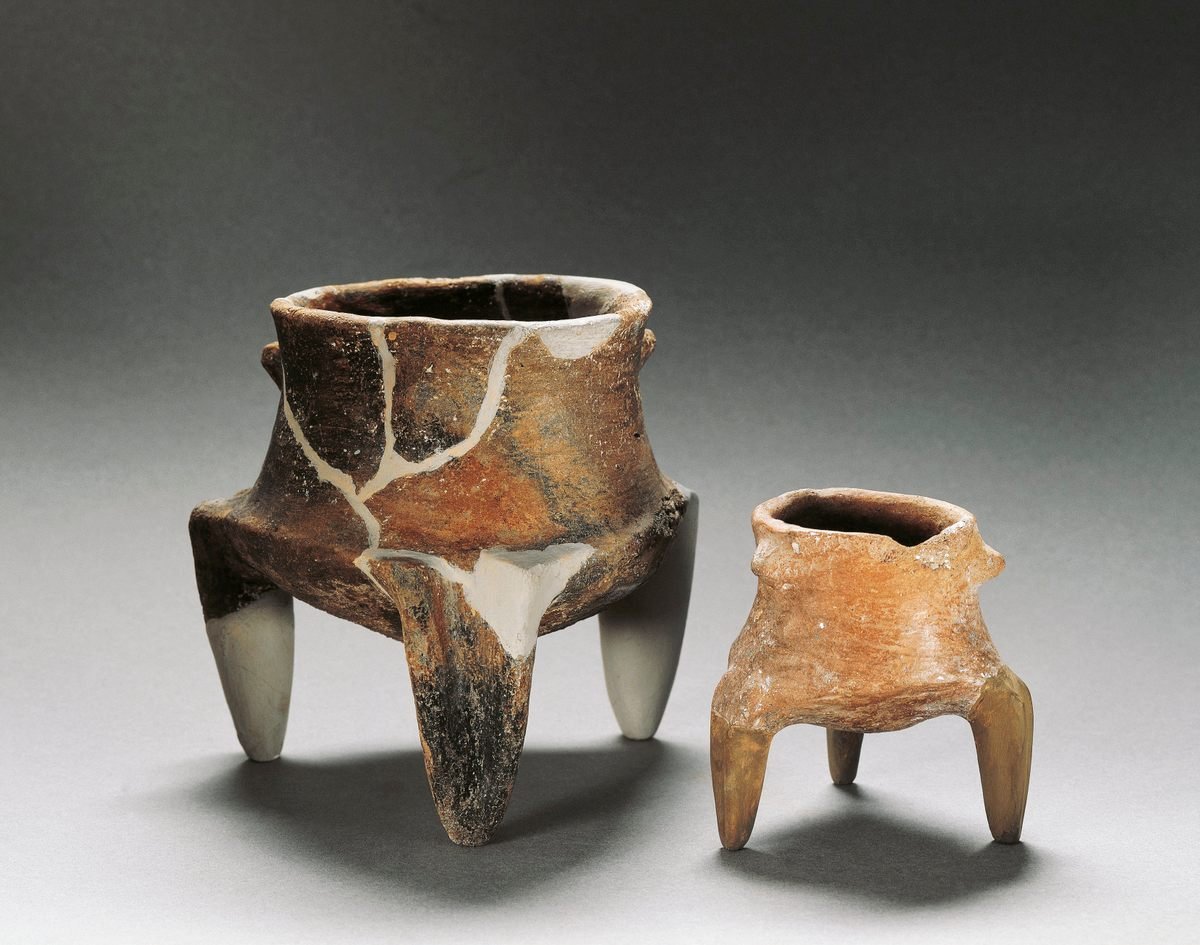Olive had no idea that at her age of 14, her life would change forever in a very dramatic way. In March 1851, her pioneer family of nine was travelling from Illinois to California on a wagon with a company of Mormon Brewsterites in search of new settlement. Despite earlier warnings about the presence of hostile natives, the Oatman family broke away from the train and took a fatal turn through a dangerous territory. A group of about 19 Yavapai tribesmen on foot, armed with clubs, bows, and arrows attacked the family on the banks of the Gila River (later known as Oatman Flat) in Yuma, Arizona. They murdered her father and pregnant mother, as well as four of her siblings. Miss Olive, 14, and her younger sister Mary Ann, 7, were captured and taken away. Her brother, Lorenzo, 15, who had been left for dead, regained consciousness later and found his way back, rejoining another wagon train. He and few companions returned to the scene of the massacre and hastily buried the slain bodies in the rocky soil. According to reports, the remains were reburied several times over the years, in a more suitable ground near by. Lorenzo Oatman himself, resolved never to give up the search for his missing siblings, Olive and Mary Ann.
Olive and Mary Ann were initially kept captive with the Yavapais for a year, where they were treated as slaves and frequently beaten. Their fortunes improved when one day Mohave Native Indians came to trade with the tribe. Sympathetic daughter of the Mohave Chief who noticed the girls and their condition, persisted in making a trade offer for them. Initially Yavapais refused but eventually agreed to trade the girls for two horses, vegetables, blankets and beads. The girls travelled for many days to the Mohave village along the Colorado River, where they were welcomed by the family of the tribal chief. Much of what actually happened during their time with the Mohaves remains unknown and is subject of many myths and speculations. However, it is believed that they were fully adopted into the tribe and were not held in forced captivity. Both girls were tattooed on their chins and arms, in keeping with the tribal custom. The girls who believed they had no immediate family left and would never return to their world, willingly adopted Mohave habits. Unfortunately, little Mary Ann died of starvation when she was ten or eleven years old, during the 1855 famine, which also claimed many tribe members. Given the situation, it is believed that Olive made the decision to remain hidden and not reveal herself to the white railroad surveyors and other white expeditions roaming around the Mohave Valley at the time.
In 1856, Olive was eventually spotted as a white girl living with the Mohave tribe and her return was requested by the authorities at Fort Yuma. Several attempts were made at first to persuade the tribe's council to part with Olive, with trade items such as blankets and horses included. Fearing a potential retribution, the Mohaves eventually accepted the terms and she was repatriated into American society. After a 5-year separation, Olive reunited with her brother, Lorenzo, and gradually began to reintegrate into the community. She became an oddity in 1860s America, partly because of the striking blue tattooing on her face, making her the first known white woman with Native tattoo on record. Olive went on to become a lecturer and she often spoke fondly of the Mohaves, whom she claimed were kind to her in contrast to her previous captors. In November 1865, Oatman married, John Fairchild, a wealthy cattle baron and banker who shielded her for the rest of her life from public scrutiny. Oatman gave up all of her lecture activity and they moved to Sherman, Texas in 1872. The couple never had children of their own, but they did adopt a little girl.





























